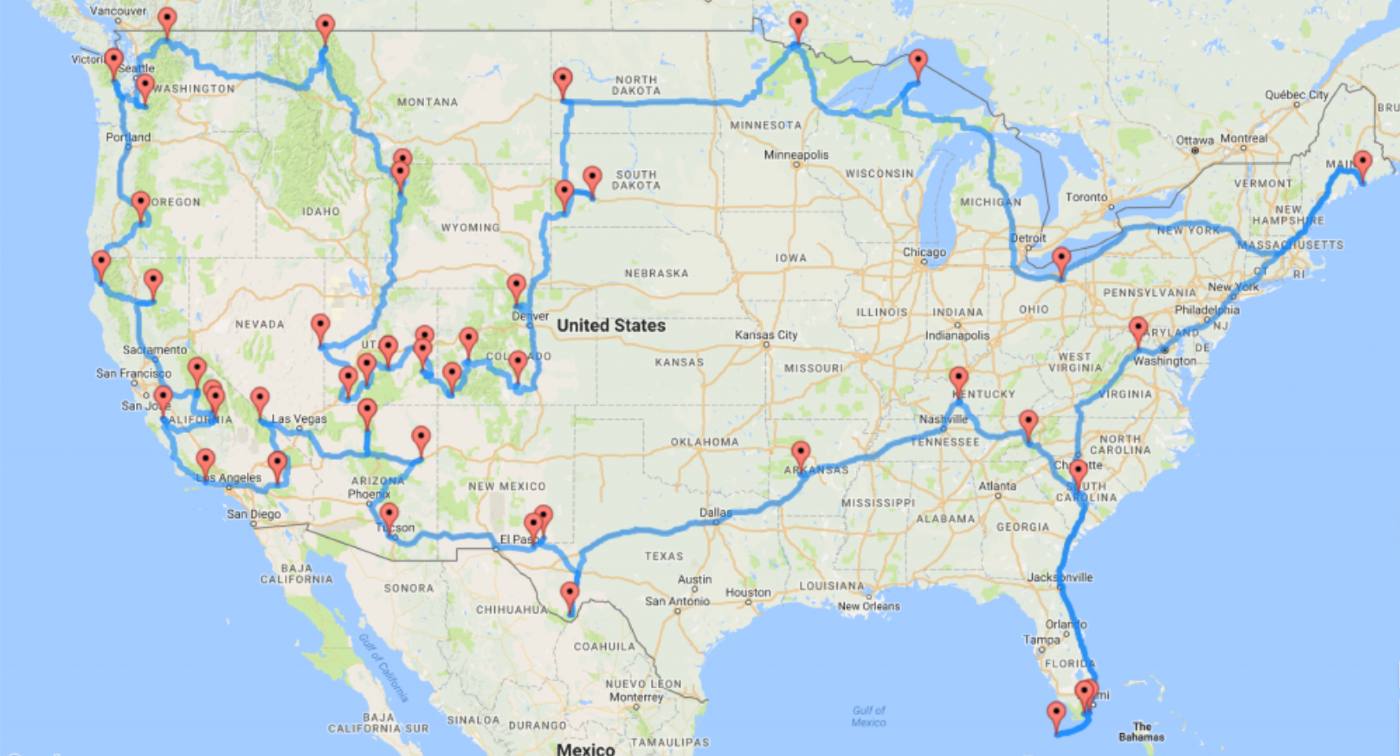
(quote)
Since 1985, people in the United States have celebrated Park and Recreation Month in July to promote building strong, healthy and resilient communities through the power of parks and recreation, and to recognize the more than 160,000 full-time park and recreation professionals — along with hundreds of thousands of part-time and seasonal workers and volunteers — that maintain our country’s local, state and community parks.
Not only do parks connect communities, but they also play an important role in environmental health by cleaning water, preserving wildlife, and offering a refuge to animals year-round. Exploring parks together can allow your family or class to discover the local ecosystem. Plus, they provide space for sports fields, beaches, trails, and other spaces you can enjoy with family and community members.
Parks also provide a place for children and adults to get active. In addition to keeping people healthy, staying active helps increase the chances of a child’s success in school. Exercising and spending times outdoors improves creativity, decreases stress hormones, and calms aggression.
* 3 out of 4 Americans live within a 10-minute walk of a park or rec center.
* 85% of Americans value parks and recreation as a factor when choosing a place to live.
* Children are five times more likely to have a healthy weight when they have access to a playground compared to those that don’t have an easy access.
* A park with one acre of tree absorbs the carbon dioxide produced by driving a car 11,000 miles.
* Parks reduce the impact of large storms and flooding by serving as sponges that soak up run off from nearby paved surfaces during rain, preventing flooding and decreasing property damages. Some parks are designed to recycle and store water for times of low precipitation.
One Fascinating Fact About Each of America’s National Parks
* A remote Native American tribe lives deep inside the Grand Canyon.
* The 750-foot-tall dunes at Great Sand Dunes National Park actually sing.
* One of the waterfalls at Yosemite National Park looks like lava.
* There are more than 3,000 fruit-picking trees in the barren Capitol Reef National Park.
* Indiana Dunes National Park has more plant and animal species than the entire state of Hawaii.
* Acadia National Park is the first place to see the sunrise between October and March.
* There are hundreds of centuries-old shipwrecks hidden underwater at Biscayne National Park.
* The California condors at Pinnacles National Park have a wingspan the length of a compact car.
* The Hoh Rain Forest at Olympic National Park receives more precipitation every year than the Amazon.
* The country’s designated Christmas tree can be found at Kings Canyon National Park.
* A rare type of pine tree in Great Basin National Park can live for more than four millennia.
* Saguaro National Park is the one place in the world you can find the giant 70-foot-tall cactus.
* The four tallest mountains in Texas are in Guadalupe Mountains National Park.
25 Fun Facts About National Parks
* Rocky Mountain National Park is home to the highest paved road in the United States, 28-mile-long Mount Evans Scenic Byway.
* The Grand Canyon is (quite a bit) bigger than the entire state of Rhode Island – Little Rhody measures 1,212 square miles in size, while the Grand Canyon is a whopping 1,904 square miles.
* Alaska’s Glacier Bay National Park is home to over 1,000 individual glaciers.
* The world’s largest living tree, General Sherman, lives inside Sequoia National Park in California.
* Crater Lake is the deepest lake in the United States at 1,932 feet.
(unquote)
Image courtesy travellingmoods.com






